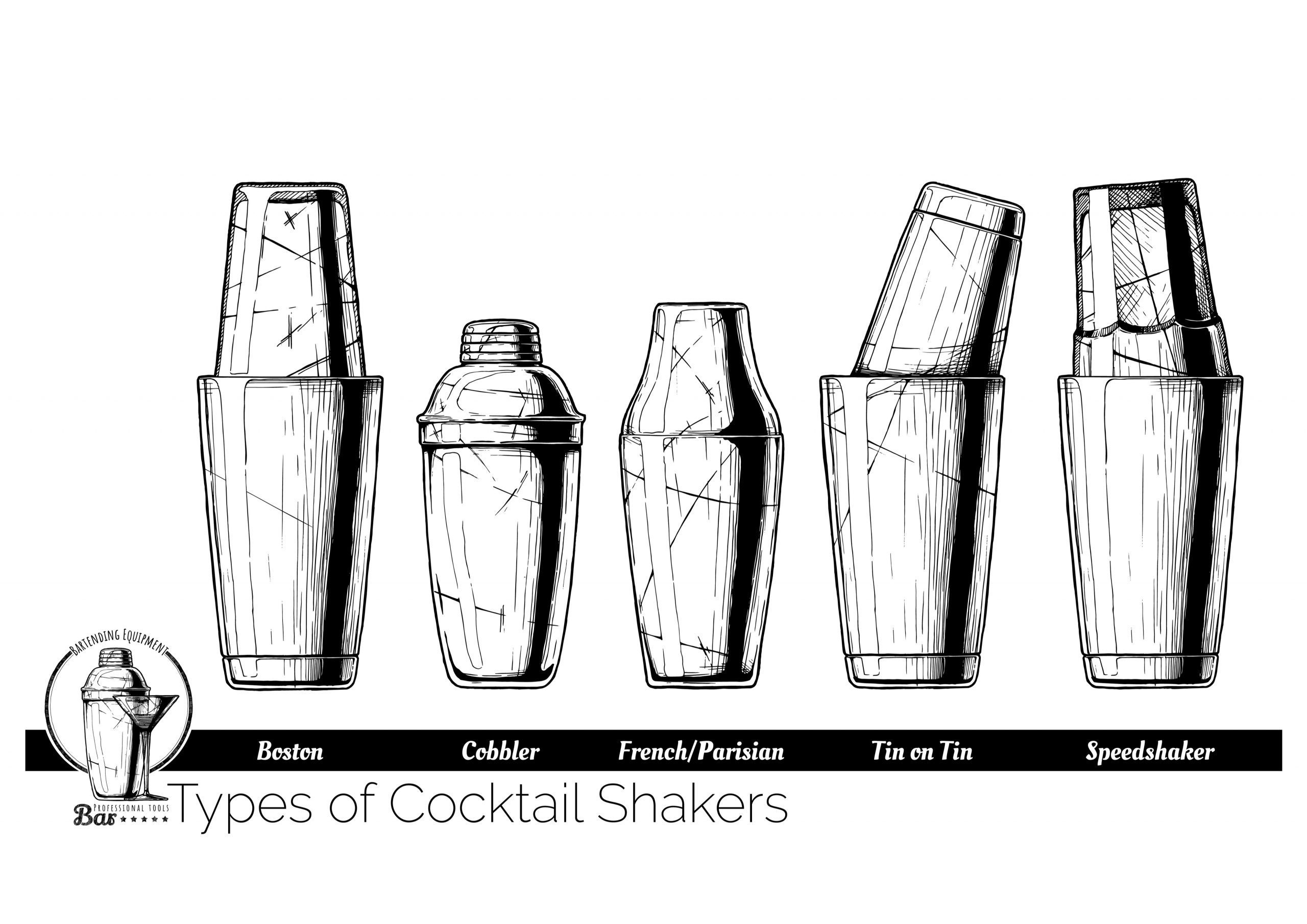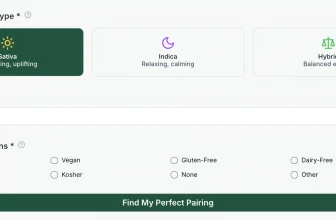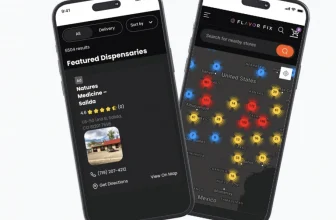
When it comes to the chemistry of mixology, the role of a cocktail shaker cannot be taken lightly. Blending drinks is literally a chemical reaction. Separate elements are introduced into a common environment and forced to interact.
This is true whether you’re making a Long Island Iced Tea or a Whiskey Sour. The difference between shaking or mixing a drink can be seen, tasted, and even smelled. When it comes to the more technically advanced cocktails, the instrument of a cocktail shaker becomes indispensable.
History & Timeline of the Cocktail Shaker
Cocktail shakers go back thousands of years. Ancient Mesoamericans used gourds to shake up different ingredients, including cacao and fermented liquids. Egyptian society used shakers to enhance their concoctions with spices and aromatics. But it was really the 19th century that saw an explosion in their use.
It started in New York and Boston bars, where bartenders would combine tin cups with glasses to agitate their elixirs more efficiently. The tradition caught on not only for the enhanced beverage-making possibilities but also for the showmanship of shaking a drink to order. By the 1850s, Parisians who had seen these shows brought the tradition home, creating their own versions of the cocktail shakers.
And then, in 1884, a Brooklyn inventor by the name of Edward Hauck patented what has become the quintessential cocktail shaker — the very design that is still dominant to this day.
Types of Cocktail Shakers
There are 3 basic types of shakers, and finding the right one for you is always key. What matters is that you are properly blending and cooling your drink and straining out the parts you don’t need with care and exactitude. Getting good with your cocktail shaker will make your drinks stand out from the crowd!
1. Mother of All Cocktail Shakers: The Boston Shaker
The earliest cited sighting of a cocktail shaker happened in 1848 when a New York reporter wrote about a bartender using a tin cup and a glass to make Juleps. The mixologist’s mechanism was simplicity itself — two common items that were sitting around the bar anyway.
It was inspired and perhaps spontaneous ingenuity that brought the Boston Shaker into being. But in terms of the modern use of cocktail shakers, as we know them, this is where it all began.

How to Use the Boston Shaker
Instead of fitting random tin cups and glassware together, Boston Shakers began to be manufactured to fit easily. Nowadays, the tin-on-tin variety is very common, but you can still use glass. This type of cocktail shaker requires the greatest skill. Tight seals are delicately made by the bartender firmly tapping the shaker strongly enough to prevent leakage while gentle enough to prevent the glass from cracking. That’s equally important when the two vessels are separated. But if you’ve mastered the technique, it’s the method that gives you the most control.
You’ll need a few accessories to work with this type of cocktail shaker. A separate Hawthorne strainer is essential for keeping the ice from slipping into the drink. Of course, the truly masterful Boston Shaker wielder can get the job done by carefully controlling a gap between the two halves, but that’s for when you’re advanced! You may also want to use a stirrer to squeeze through fruit pulp or other desirable ingredients into the drink. Finally, use a jigger to measure your liquor.
2. Parisian Nights: The French Cocktail Shaker Debuts
Not long after the Boston Shaker came into vogue throughout the bars of the Eastern United States, their Parisian counterparts became infatuated with the tradition. There was a great love for the performance of cocktail shaker excellence in the bar scene along the Seine, and of course, the French being the French, they needed to one-up the Americans!
Enter the French Shaker, also known as the Parisian Shaker. This was an effort to standardize and make the simple idea more elegant of the Boston Shaker by designing a single-purpose device with some style. The result was a two-piece shaker that also had a cap on top. The singular unit was urn-shaped, metallic, and sleek. Most commercial cocktail shakers still use this design to this day.

How to Use the French Cocktail Shaker
While a Parisian Shaker looks lovely and is eminently practical, it does come with its own challenges. For example, the all-metal design tends to freeze up more quickly than the half-glass Boston Shaker.
Sometimes this makes it difficult to pull the two halves apart after shaking (one of the main reasons pros go with the Boston). And you’ll still need that external strainer. But eventually, even that problem would come to be solved.
3. Brooklyn Original: Mr. Hauk’s Cocktail Shaker
So what exactly was Edward Hauk up to in 1884 when he created his cocktail shaker? The cocktail shaker craze had been around a couple of decades by then, and if anything, it was becoming more common than ever to have access to ice.
If you think about it, chilling your drink is a primary function for a shaker, and the ice industry didn’t really pick up steam until the mid-1800s. Back then, it was harvested by nature (ice machines would come in by the early 1900s).

How to Use The Mr. Hauk’s Cocktail Shaker
Ice popularity led Hauk to think about skipping the external strainer with a built-in one. And that was what came to be known as the Cobbler Shaker, which is probably the most popular cocktail shaker in the world nowadays. Retaining the sleek exterior design of its Parisian progenitor, the cap has a built-in strainer that can double as a measuring cup — very convenient!
This cocktail shaker is perfect for beginners, just like an automatic car would be for first-time drivers. But as those who drive stick know, you lose control when you use an easier vehicle. As with the Parisian variety, the Cobbler can get stuck frozen. And the strainer can get clogged and become cumbersome to clean. Still, it’s popular, and convenience is probably why.
Tricks of the [Cocktail] Trade
OK, so maybe now you’ve picked out your preferred type of shaker. Maybe you’re starting to get confident with it. This is the perfect time to level up your skills and really impress your drinking buddies! To start with, try building your drink on one half of your shaker and throw the ice into the other half.
When you’re ready to slap them together, wait until you hear a little fizzy sound. That tells you that you have a good seal and no liquid will leak out, saving you an embarrassing faux pas! If the shaker doesn’t seal right away, set the base down on your workstation and tap the top of the shaker again with more pressure.
How to Make the Perfect Cocktail
Now it’s time to pour your perfect cocktail. Believe it or not, there’s a better way to separate the two halves of your shaker. Doing it wrong can cause spillage or even crack the glass if you are using a Boston Shaker.
- Position your shaker so that the larger half of the two receptacles is on the bottom. Grasp it tightly with both hands, favoring your dominant hand along the seam.
- Now, keep in mind that all that expert agitation you just performed has made the seal tighter.
- Take your stronger palm perpendicular to the seam. Instead of pulling the two halves apart, use that palm to push the top half up. Do it right, and you’ll hear a loud click, which will not only indicate that you’ve done it right, but it’ll also be an impressive sound for your audience!
Now you’ve mixed your cocktail perfectly and successfully separated the two halves of your shaker without making a mess, and you’ve properly impressed your pals. Now comes the moment of triumph: You’re going to pour that awesome drink! If you don’t have a Cobbler Shaker, it’s important to get that Hawthorne strainer ready and properly positioned to strain the ice and large ingredients from your elixir.
How to Serve a Cocktail
Rest the spiral portion against the rim of the glass you’re serving into. Firmly grip your shaker with your dominant hand and place your pointer finger on top of the strainer to stabilize and lock it down.
Now that you’re all set, pour out that drink from the business half of the shaker. A little extra pressure on the strainer will help keep undesirable solids out of the drink. Think you’re finished? Not just yet! Give that shaker a final swirl just in case there’s anything left at the bottom and pour one last pour.
Congrats: You’re a pro now!
One Last Shake
Whichever way you go, keep in mind that you need to treat your cocktail shaker as an essential bar instrument. Keep all your instruments clean, washing after every use.
You need to clear strainers of leftover mint leaves, fruit pulp, or any other ingredient that gets jammed in them. Rinse before each use to ensure a fresh start for every drink. Once you get good with a cocktail shaker, you won’t ever go back to simple mixing again!






